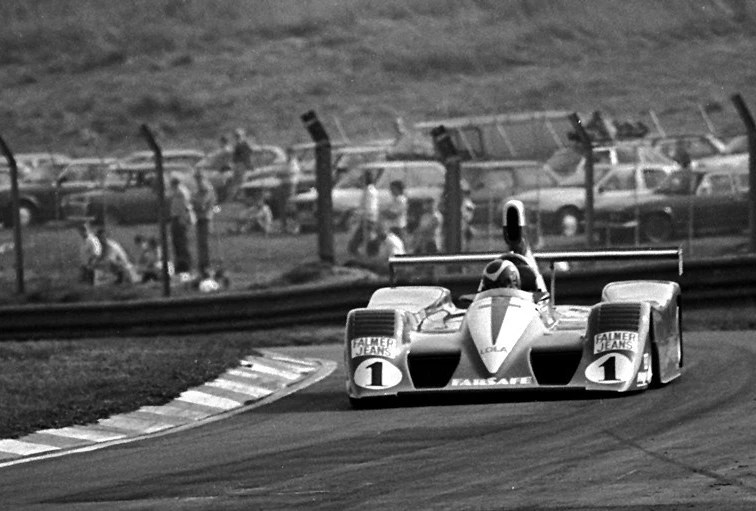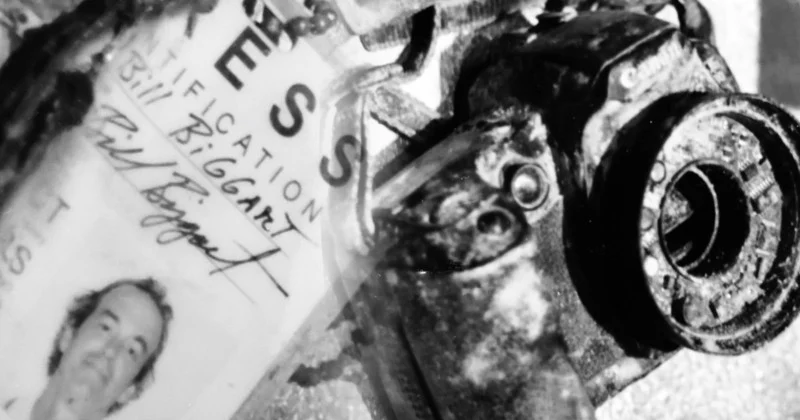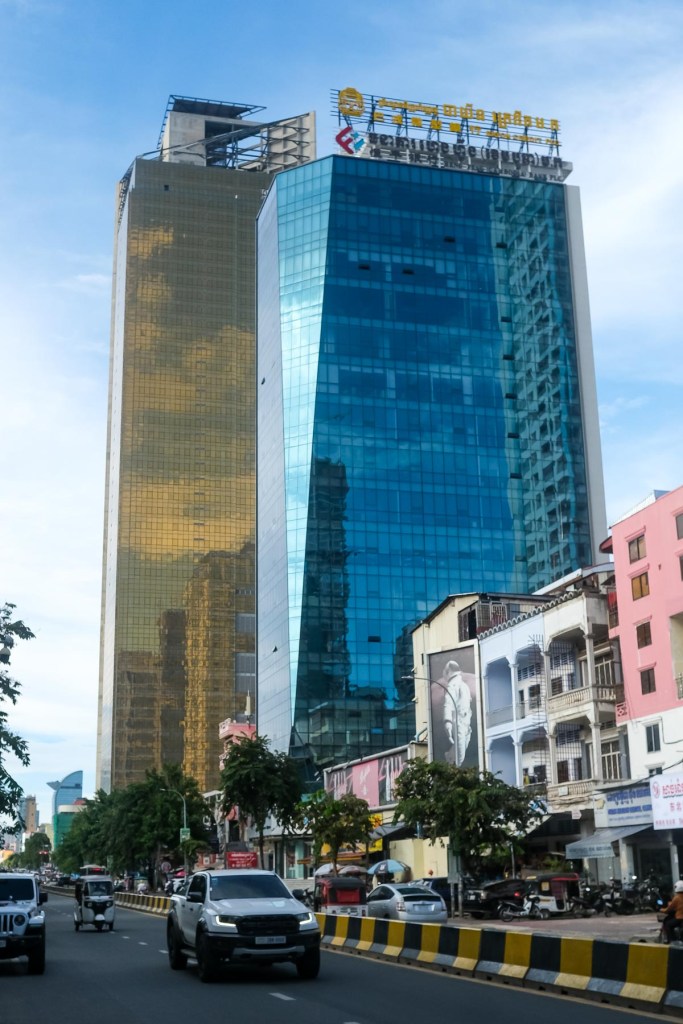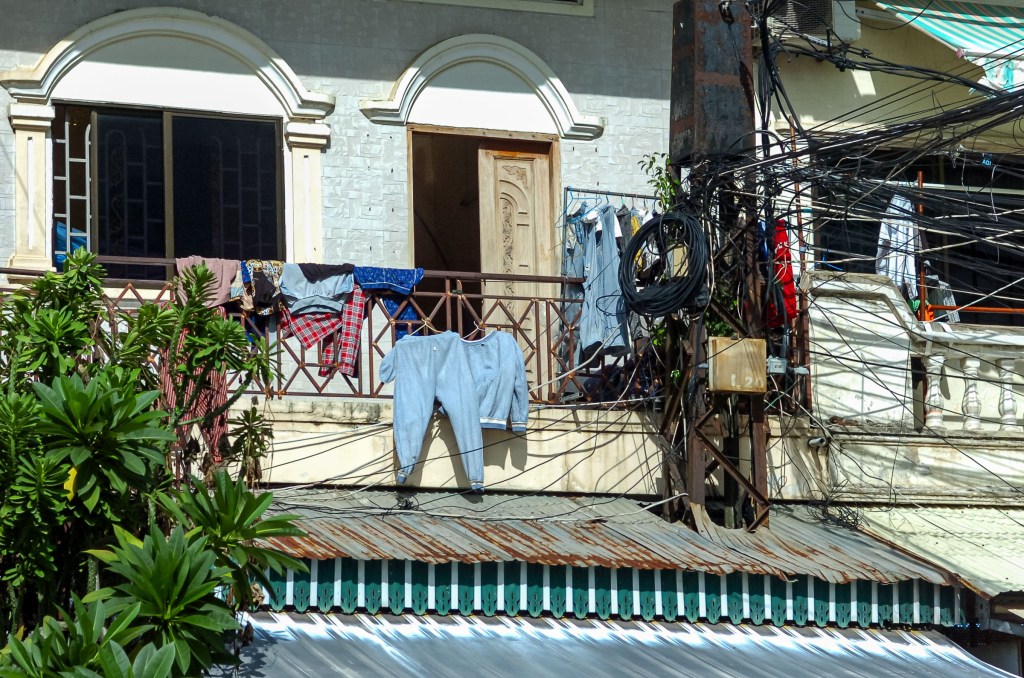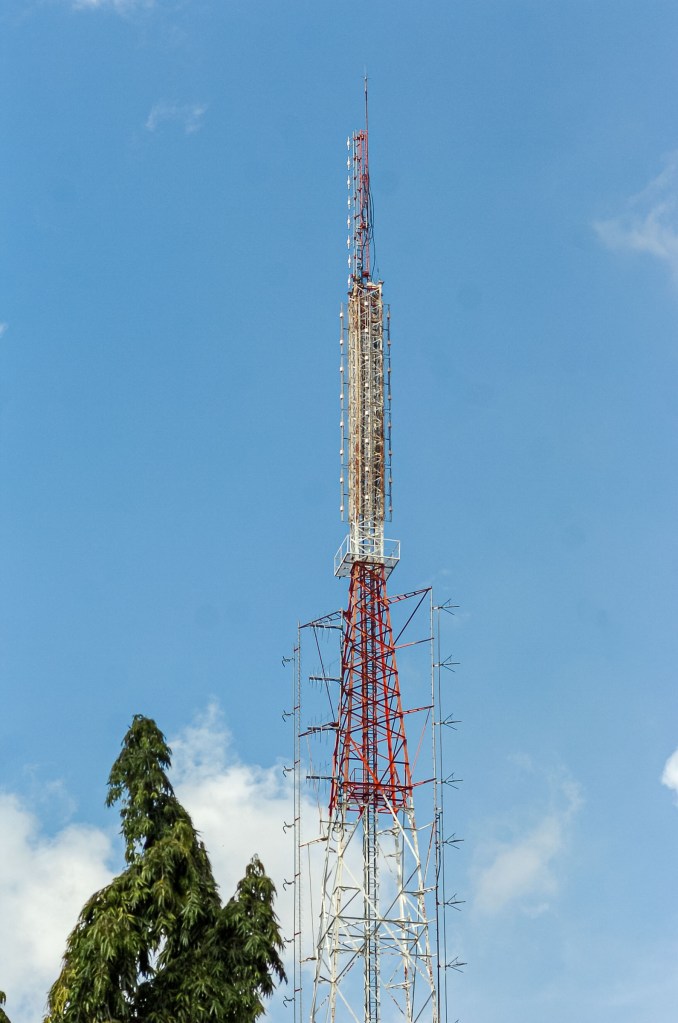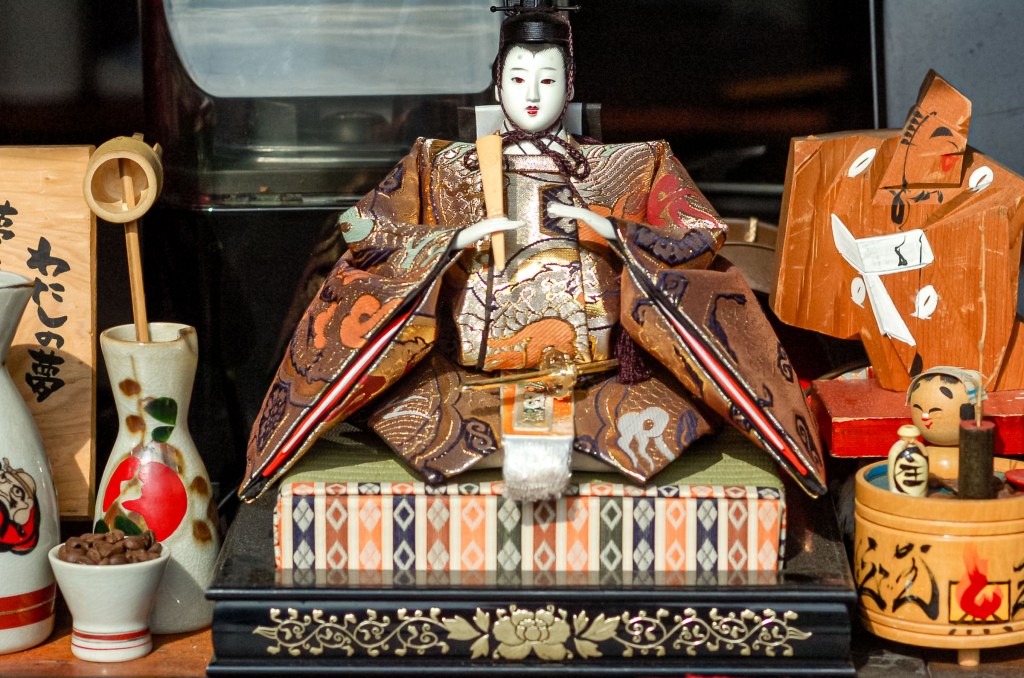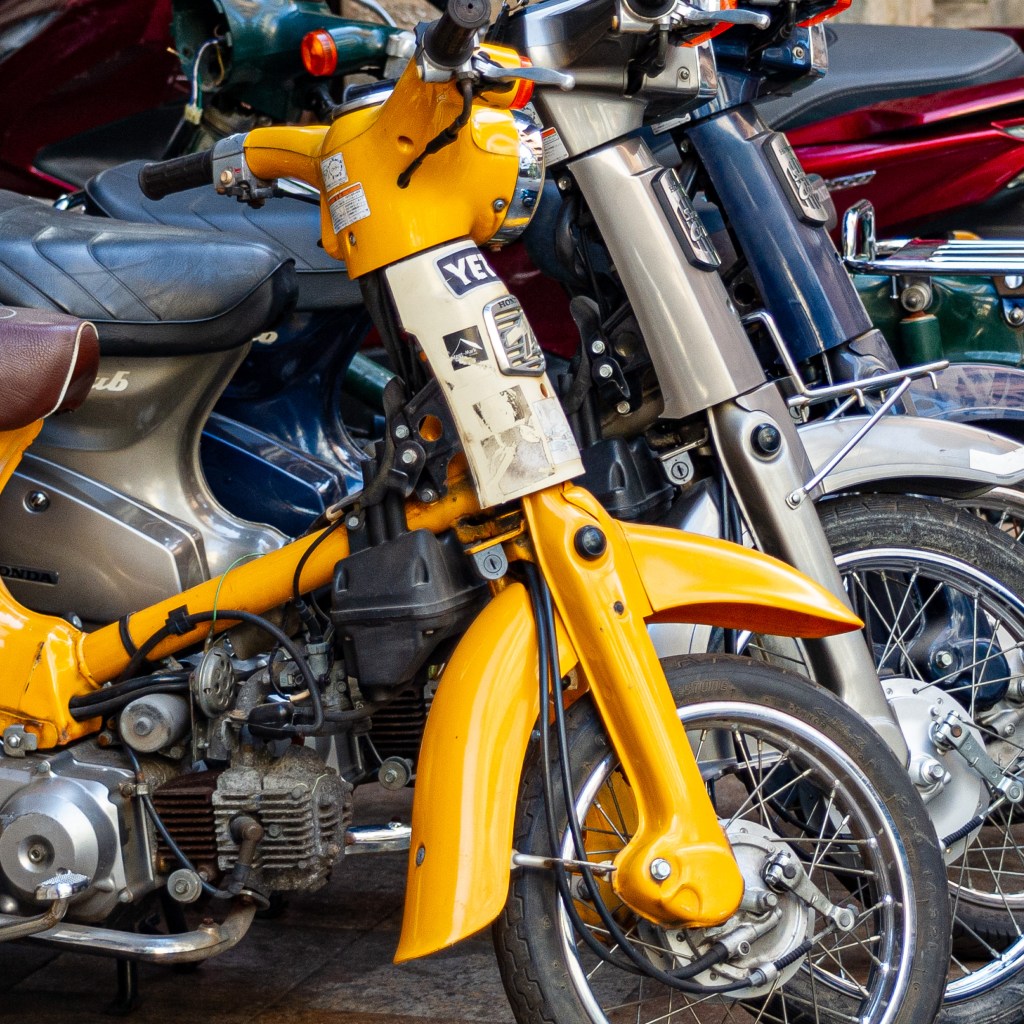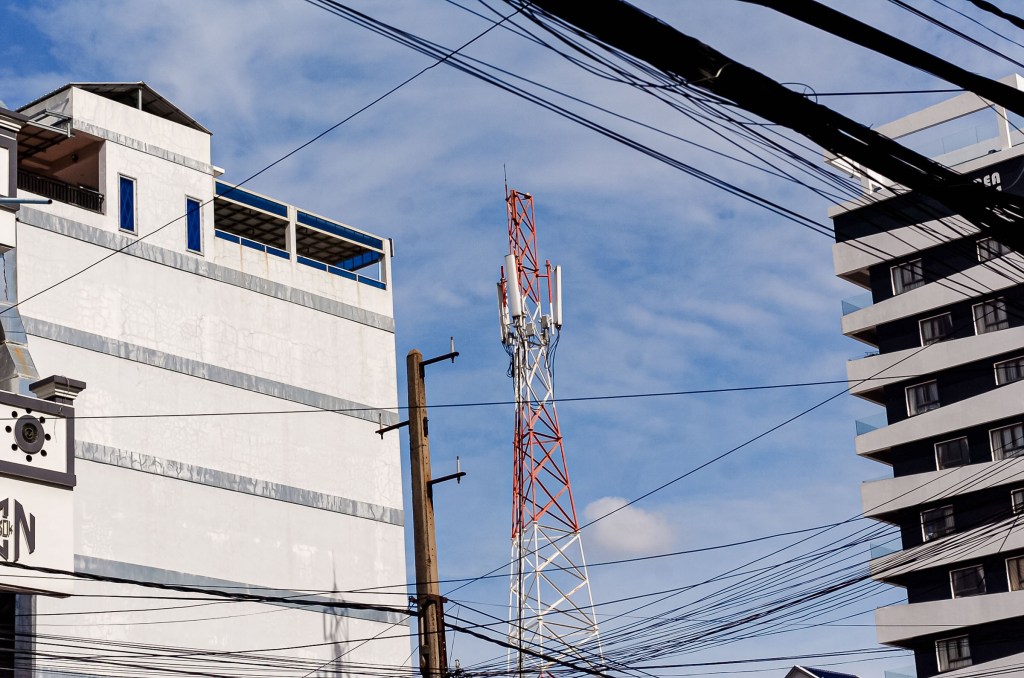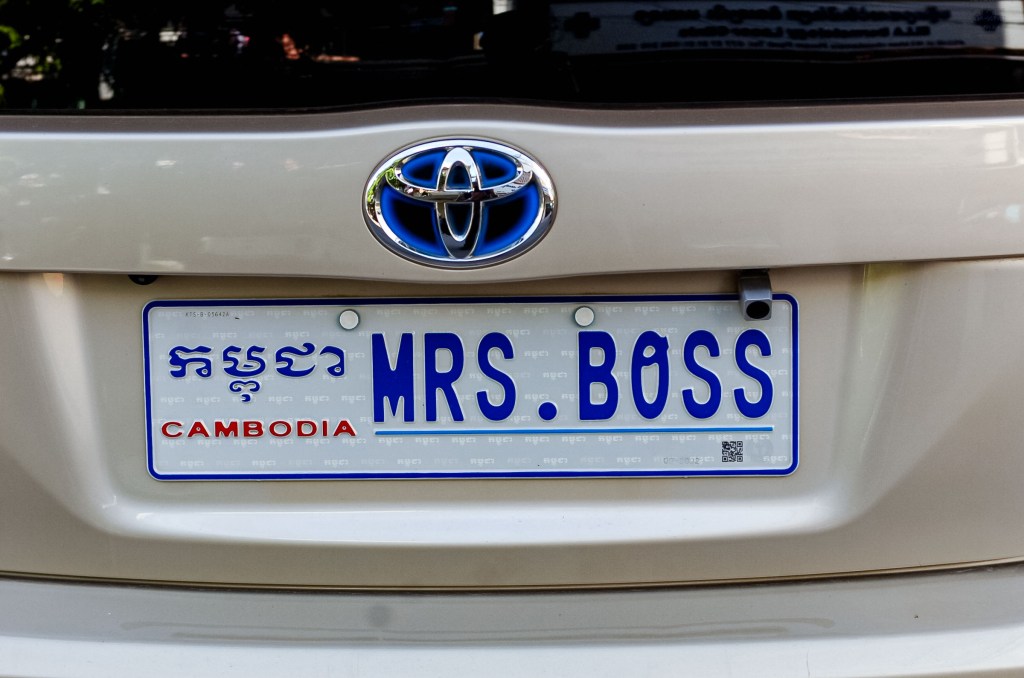A Farewell to a Workhorse That Never Asked for Praise
For a decade, the Canon 1D Mark IV was my companion. Not my tool. Not my gear. My companion.

It didn’t flatter. It didn’t fail. It simply showed up—day after day, shoot after shoot—with a kind of quiet reliability that modern cameras often forget in their race for relevance.
🧱 Built Like a Promise
The 1D Mark IV was never sleek. It was solid. Magnesium alloy, weather-sealed, unapologetically heavy. It felt like commitment in the hand.






- 16MP APS-H sensor with a 1.3x crop—perfect for reach without sacrificing tone
- Dual DIGIC 4 processors that never blinked, even at 10fps
- Autofocus that tracked motion like instinct, not algorithm
I shot with one AF point. The center. Always. Because the camera didn’t need tricks—it needed trust.

📷 What It Gave Me
- Color rendering that felt like memory, not measurement
- Files that breathed—not just pixels, but presence
- Low-light performance that surprised me, even in candlelit homes and monsoon dusk
- Battery life that outlasted the day, and sometimes the doubt
It wasn’t perfect. But it was predictable. And in documentary work, that’s gold.
🧘 Why I Stayed So Long
Because it never asked me to rush. Because it never distracted me with features I didn’t need. Because it taught me to anticipate, to listen, to wait.




I shot weddings, markets, protests, and quiet portraits with it. I traveled with it across borders and into stories that didn’t need spectacle—just presence.



✍️ The Shift to Nikon
Eventually, I moved to Nikon. Not because the 1D failed me, but because my rhythm changed. I wanted different tonal nuance. Different ergonomics. A different conversation with the frame.
But I didn’t leave the 1D behind. I graduated from it. And like any good teacher, it still echoes in my practice.
🖼️ Closing Thought
The Canon 1D Mark IV wasn’t just a camera. It was a decade of trust. And in a world of constant upgrades, trust is the rarest feature of all.


